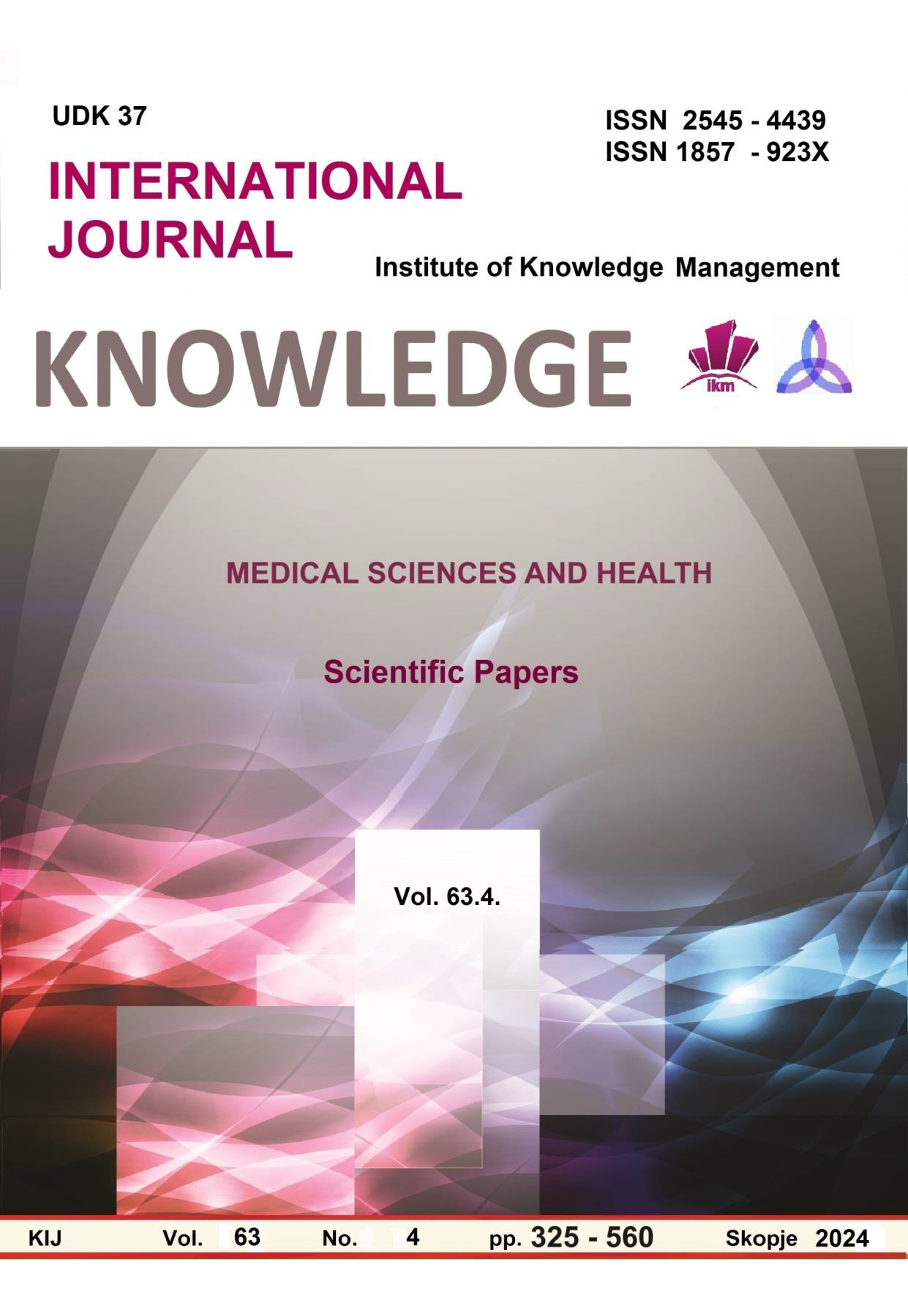ОШТЕТУВАЊЕ НА ВИД КАЈ ПОСТАРИ ЛИЦА
SIGHT IMPAIRMENT IN ELDERLY PERSONS
Author(s): Filip Ikonomovski, Strahil GazepovSubject(s): Social Sciences, Health and medicine and law, Gerontology
Published by: Scientific Institute of Management and Knowledge
Keywords: Macular degeneration;glaucoma;diabetic retinopathy;cataract
Summary/Abstract: Age often brings changes that weaken our vision and eyes. Eye problems and eye diseases become more common as we age. Age causes many eye changes that need to be monitored. Many problems and eye diseases can be prevented if people visit theirprimary care doctor regularly, see an ophthalmologist or optometrist every year, and get a comprehensive eye exam by an ophthalmologist. The most common causes of vision loss in older adults are age-related macular degeneration, glaucoma, cataracts , and diabetic retinopathy. Age-related macular degeneration affects the part of the back of the eye called the macula. As we age the retina may become less sensitive to light due to cell loss, reduced blood supply or degeneration. The macula is particularly prone to deterioration. Age related macular degeneration is a serious disease that affects a person’s central vision, causing difficulty in reading, writing, driving and more. Glaucoma is damage to the optic nerve caused by high intraocular pressure. Normal intraocular pressure is between 8 and 21 mmHg. Elevated intraocular pressure is considered a major risk factor for the development of glaucoma. Increased intraocular pressure is often referred to as hypertension. When our optic nerve is damaged (which is characteristic of glaucoma) but the pressure in the eye is normal, it is called normal-tension glaucoma.Glaucoma occurs in a different situations, so there are different types and different treatments –depending on how the glaucoma develops. What all glaucoma diseases have in common is that excess eye fluid is retained in the eye or the flow of eye fluid is disrupted, causing fluid to build up and create high pressure on the structures within the eye. If left untreated this disease can cause complete damage to the optic nerve, leading to blindness. These symptoms may go unnoticed for a long time, they are often asymptomatic in the early stages and are often referred to as the “silent killer| of vision. Because this eye diseases may be asymptomatic initially, older adults are advised to have regular follow-up exams. Cataract, or lens opacities, usually develop slow over many years. Haze may go unnoticed unless it blocks your central line of sight and impairs your vision. This is also a common cause of vision problems in older adults, but surgery is often effective in restoring vision. Diabetic retinopathy may occur in older adults at the time of diagnosis or in the early stages of diabetes. Diabetic retinopathy occurs when blood vessels leak. Diabetic retinopathy is the most common cause of vision loss in working-age adults in Western populations. It is the most common microvascular complication of diabetes. Diabetic retinopathy can cause damage to the retinal vision and eventually lead to blindness. Tight glycemic control, early detection, and appropriate treatment are key to halting disease progression. This event explores the pathogenesis , diagnosis, and treatment of diabetic retinopathy and highlights the role of the interprofessional team in the evaluation and treatment of patients with diabetic retinopathy. Diabetic retinopathy affects people with diagnosed or undiagnosed diabetes. The tendency to develop diabetic retinopathy is proportional to the patient’s age, duration of diabetes, poor glycemic control and fluctuations in blood pressure levels.
Journal: Knowledge - International Journal
- Issue Year: 63/2024
- Issue No: 4
- Page Range: 469-472
- Page Count: 4
- Language: Macedonian

